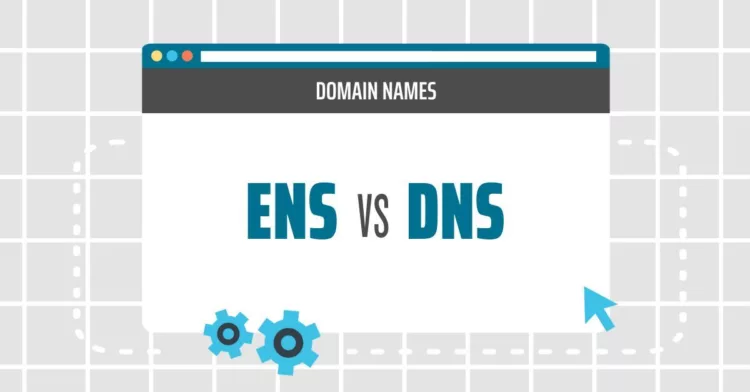Price change for eight TLDs from 1st August 2023

The registry handling these 8 TLDs will apply a price change as of 1st August 2023. And accordingly, we will also adjust our own pricing. Please read the following information for further updates.
The rise of social commerce and livestream shopping

In our latest blog, we dive into the revolutionary world of livestream shopping and its profound impact on small businesses. Uncover how social commerce and real-time engagement are transforming the way customers shop and interact online. Discover the allure of live streaming for Gen Z and millennial shoppers, and explore how you can leverage this dynamic trend to propel your small business to new heights.
Email cloud suite: email that works for you

Make your business personal with our new email and collaboration cloud suite. With personalised branded emails through to cross team collaborative tools - the new email package from EuroDNS is tailor made to assist you at every stage of your business journey.
Hype or opportunity: NFTs for businesses

Have you heard about non-fungible tokens, aka NFTs? In short they're these special digital currencies that can represent real or virtual goodies. What's impressive is that the technology behind them keeps track of who originally came up with each token. So, if you ever wonder who's the mastermind behind a particular token, you can easily find out. It's like having a digital trail of ownership. NFTs are growing in popularity and businesses of all shapes and sizes have an opportunity to take advantage of the opportunities on offer.
Ethereum Domains vs. Traditional Domain Names

Discover how ENS domains, powered by blockchain technology, are revolutionising online identity and ownership, offering enhanced security and simplified cryptocurrency transactions. We also compare the advantages and considerations of both systems, shedding light on their unique features and applications.
Digital Transformation: Why the Internet of Things can benefit SMBs

Whether you're running a small business or a medium-sized company, understanding the IoT is becoming increasingly crucial for your success. Although the concept may initially appear challenging - we try to simplify a few core components of the IoT and explain how it can benefit your business.